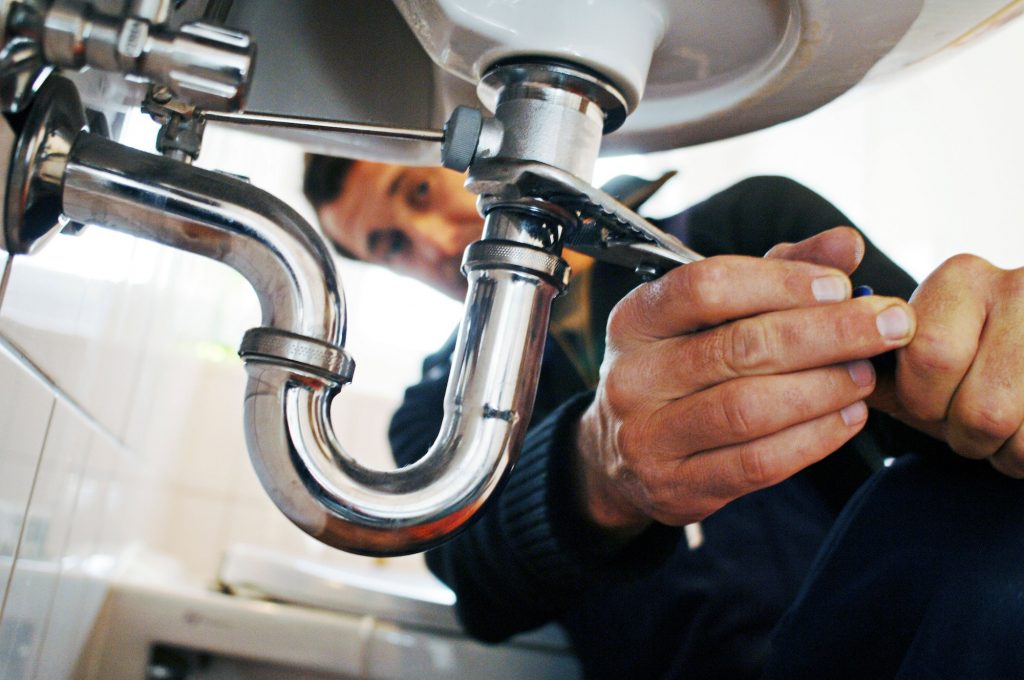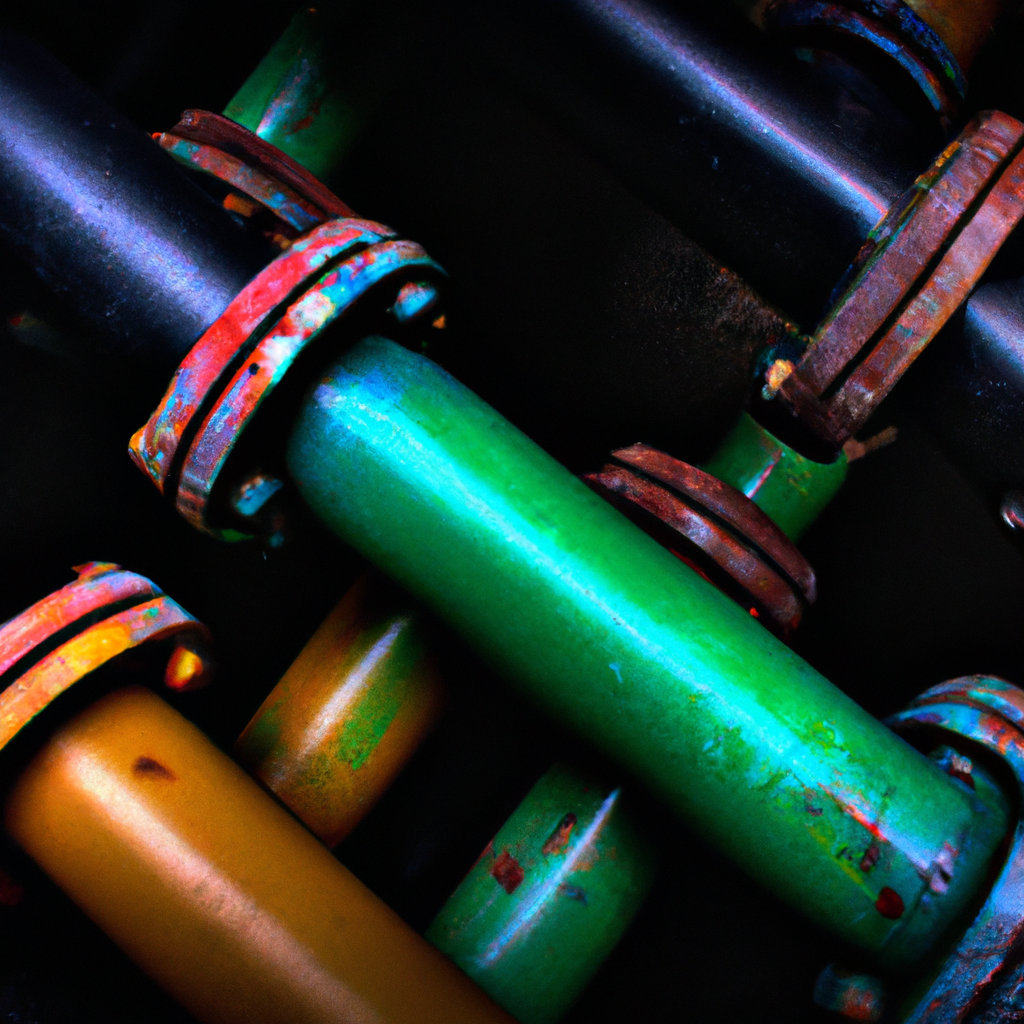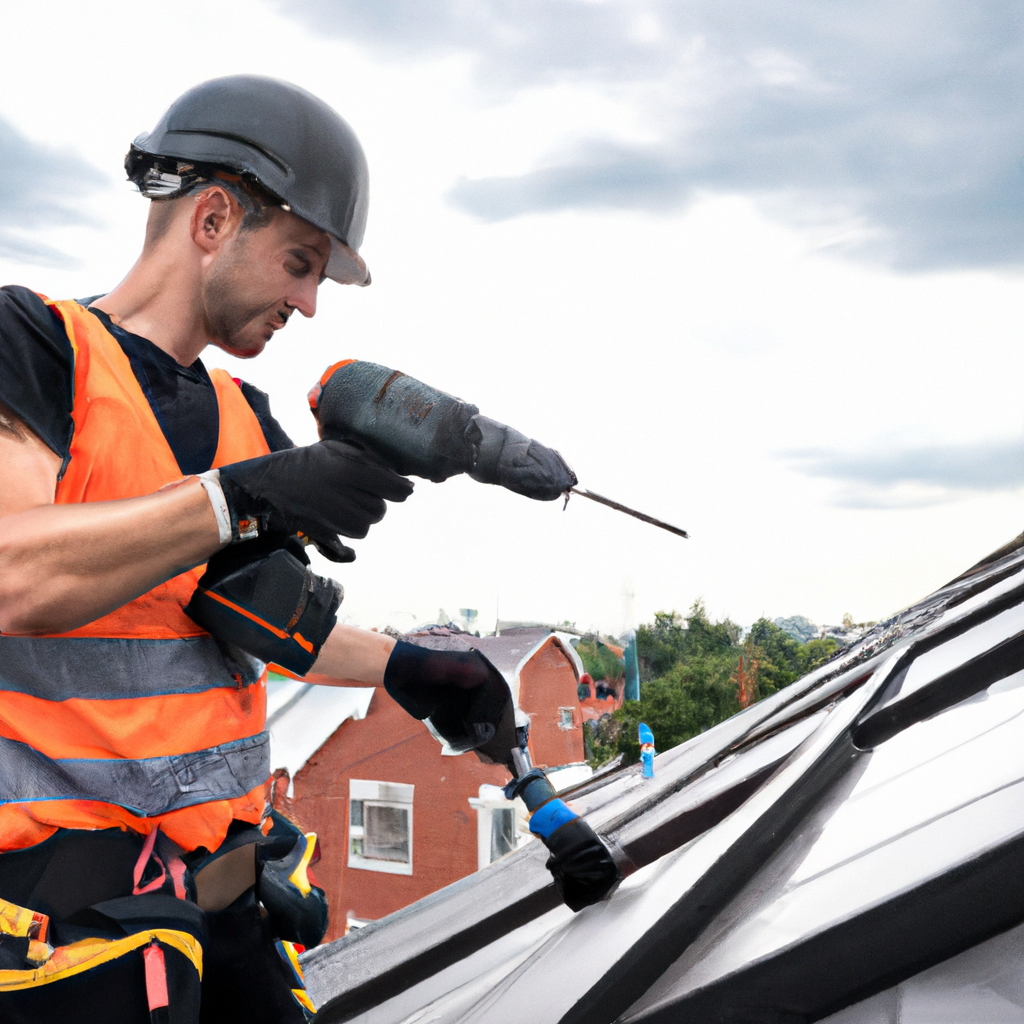Welcome to our comprehensive guide on fixing leaky toilet drains! If you’re tired of wasting your hard-earned money on expensive plumbers, you’ve come to the right place. In this article, we will provide you with step-by-step instructions on how to identify and repair common issues causing leaks in your toilet drains. By following our DIY tips, you can save both time and money while ensuring a leak-free toilet. Let’s dive in!
Understanding the Anatomy of a Toilet Drain
Before we jump into the troubleshooting process, it’s essential to understand the basic components of a toilet drain. A toilet drain consists of several parts, including the flange, wax ring, toilet bowl, and the drain pipe. The flange connects the toilet to the drain pipe, while the wax ring forms a watertight seal between the flange and the toilet bowl. Any damage or misalignment in these components can lead to leaks.
Step 1: Identifying the Source of the Leak
The first step in fixing a leaky toilet drain is to identify the source of the problem. Leaks can occur due to various reasons, such as a cracked toilet bowl, loose connections, or a faulty wax ring. To determine the exact cause, inspect the area around the base of your toilet for any signs of water pooling or dampness. Additionally, check for any visible cracks or damage to the toilet bowl.
Step 2: Fixing a Cracked Toilet Bowl
If you’ve identified a cracked toilet bowl as the source of the leak, you may need to replace the entire bowl. While this can be a more extensive repair, it is crucial to ensure a long-term solution. Begin by turning off the water supply to the toilet and draining the tank completely. Remove the old toilet bowl by disconnecting the water supply line and unscrewing the bolts securing the bowl to the floor. Install the new bowl following the manufacturer’s instructions, making sure to tighten all connections securely.
Step 3: Tightening Loose Connections
Sometimes, leaks can occur due to loose connections between the toilet and the drain pipe. In such cases, tightening the connections can resolve the issue. Start by turning off the water supply and emptying the toilet tank. Inspect the area around the flange and tighten any loose bolts or screws. Additionally, ensure that the toilet bowl is properly aligned with the flange before tightening the bolts.
Step 4: Replacing the Wax Ring
A faulty wax ring is a common culprit behind leaky toilet drains. To replace the wax ring, start by turning off the water supply and emptying the toilet tank. Disconnect the water supply line and unscrew the bolts securing the toilet bowl to the floor. Carefully lift the toilet bowl and remove the old wax ring. Clean the flange thoroughly and place a new wax ring in its position. Gently lower the toilet bowl onto the wax ring, aligning it with the flange, and tighten the bolts securely.
Step 5: Checking the Drain Pipe
In some cases, the leak may be originating from the drain pipe itself. Inspect the drain pipe for any cracks or damage. If you notice any issues, it’s best to replace the damaged section of the pipe. Begin by turning off the water supply and emptying the toilet tank. Disconnect the water supply line and unscrew the bolts securing the toilet bowl. Carefully remove the toilet bowl and inspect the drain pipe. Cut out the damaged section using a pipe cutter and replace it with a new pipe. Reinstall the toilet bowl following the previous steps.
Step 6: Testing for Leaks
After completing the necessary repairs, it’s crucial to test for any remaining leaks. Turn on the water supply, allowing the tank to fill, and observe the base of the toilet for any signs of water leakage. Additionally, flush the toilet a few times to ensure proper drainage and check for any abnormal sounds or water backup.
Conclusion
Congratulations on successfully fixing your leaky toilet drain! By following our DIY tips and troubleshooting steps, you have saved both time and money. Remember, regular maintenance and prompt repairs are essential to prevent future leaks. If you encounter more complex issues or are unsure about any step, it’s always best to consult a professional plumber. Happy repairing!







